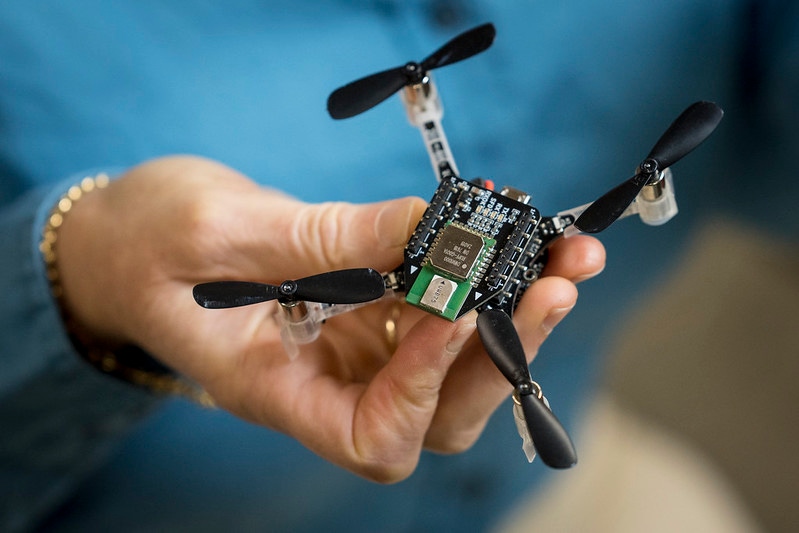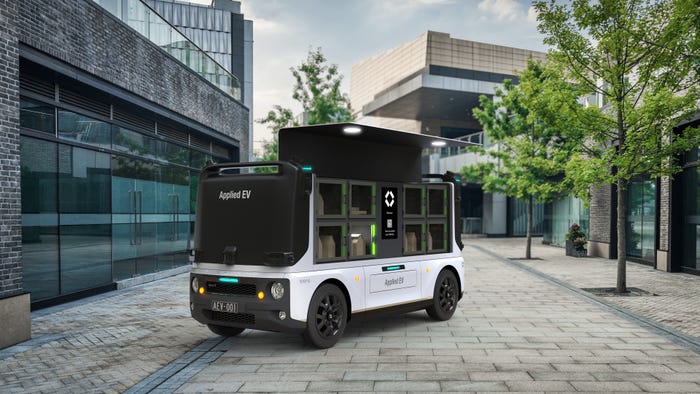Study Finds Single Operator Can Control 100+ Drones; Revolutionizing Disaster Response
The research from Oregon State University is said to be a significant step in deploying swarms of autonomous vehicles

Research from Oregon State University (OSU) has found a single operator could control more than 100 drones at once, without experiencing “an undue workload.”
OSU said the findings represent a “big step” toward efficiently and economically using swarms across use cases including firefighting and disaster response and even package delivery.
"We don't see a lot of delivery drones yet in the United States, but there are companies that have been deploying them in other countries," said Julie A. Adams, study co-author. “It makes business sense to deploy delivery drones at a scale, but it will require a single person be responsible for very large numbers of these drones.
“I’m not saying our work is a final solution that shows everything is OK, but it is the first step toward getting additional data that would facilitate that kind of a system.”
The study was conducted as part of the Defense Advanced Research Project Agency’s OFFSET, (Offensive Swarm-Enabled Tactics) program.
Over four years, the team deployed swarms of up to 250 autonomous vehicles, including multi-rotor aerial drones and ground rovers, to gather information in “concrete canyon” urban surroundings.
“The project required taking off-the-shelf technologies and building the autonomy needed for them to be deployed by a single human called the swarm commander,” said Adams. “That work also required developing not just the needed systems and the software, but also the user interface for that swarm commander to allow a single human to deploy these ground and aerial systems.”
A VR interface was also created for the project, which allows a user to control the swarm with high-level directions.
“The commanders weren’t physically driving each individual vehicle, because if you're deploying that many vehicles, they can't – a single human can’t do that,” Adams said. “The idea is that the swarm commander can select a play to be executed and can make minor adjustments to it, like a quarterback would in the NFL.
“The objective data from the trained swarm commanders demonstrated that a single human can deploy these systems in built environments, which has very broad implications beyond this project.”
About the Author
You May Also Like








